Preventative care reduces healthcare costs by treating patients before problems become much larger and more costly. Are we doing enough to promote nutrition, exercise and meditation?
The World Health Organization (WHO) defines “health” as a state of complete physical, mental and social well-being and not just the absence of disease.
These three dimensions – physical, mental, and social – have reciprocate effects, causing an increase or decrease in overall well-being. For example, a balanced diet and regular exercise can improve one’s mental well-being, which in turns leads to increased productivity and creativity, contributing factors to more positive social relationships.
Approximately 1.9 billion adults globally are obese or overweight, with 462 million more underweight. Each year, 3.2 million are attributable to insufficient physical activity. Mental health conditions account for 16% of the global burden of disease. And the Financial Times has recently elected loneliness as the defining emotion of our times, in part due to the fact that 26% of the population report feeling isolated.
As a society, how can we lead healthier lives? Can there be healthcare without wellbeing? How can we strike a balance between the physical, mental and social aspects of our life? Companies in different parts of the world are already taking action (inside and out the insurance industry) – these are some I thought worth sharing.
Nutrition
Diet is one of the core pillars to stay healthy, contributing with the nutrients and vitamins that the human body needs for a good performance in daily life. On the other hand, malnutrition, which can be characterized by deficiency (malnutrition), excess (overnutrition) or imbalance in energy and / or nutrients, can cause undesirable effects on the body’s shape and performance.
The insurance world is already being shaken by our need to eat healthy. I have seen companies revolutionize healthcare as they ask customers to pay for wellness rather than for sickness. They use technology and data to track—and reward—healthy behavior.
For example, by using integrated data feeds from its partners including gyms and biometric screening service such as Apple Watch, these new generation of insurers can check a member’s progress toward the established health goals in real time.
More and more insurance providers are finding ways to use data and technology to help them provide incentives for healthy behavior. As others look to expand their health monitoring capabilities, concerns will be raised regarding user privacy or how to deal with biological differences that make some members predisposed to being healthier or experience better outcomes than others for similar activity.
Standard guidelines at a national level will come in handy. The National Health Services of most countries provide information dedicated to healthy eating which can be useful to assert a baseline amongst the general population. This was as indicative promoted by WHO and EU, that designed guidelines for the establishment of national programs for the prevention of non-communicable diseases. Portugal is a case in point: Direção Geral de Saúde provides useful information regarding diet habits within the Portuguese population.
Exercise
Light to moderate physical activity is beneficial to our general well-being and is also particularly important in the prevention and treatment of diseases such as diabetes, coronary heart disease, arterial hypertension, dyslipidemia and osteoporosis.
In some oncological diseases, depressive syndromes and in cases of immunosuppression, exercise can have very positive effects as complementary therapy. However, the effects responsible for changes in the body depend on the type, intensity and duration of the exercise, and whether it is dynamic, static, mixed or continuous / intermittent and, also on the biology of the person practising the exercise.
Some diseases, such as diabetes, coronary heart disease and dyslipidemia, impact greatly on a society’s economy, not only due to the associated mortality rate, but also because of the overall productivity decrease brought on by these diseases. They also impact families and individuals, as the associated complications negatively affect their quality of life.
What are the most suitable exercises to increase bone density in osteoporosis? What about for patients suffering from a heart condition? In general, the benefits from exercising outweigh the risks, but they do require regular consultation with a healthcare professional to be effective, especially when these diseases are involved. Exercise recommendations will vary for each person and should suit the needs of each moment.
So, what can we do as a society to contribute?
Currently, the risk factors for each of these diseases are identified and investments have been made to target primary prevention, through the implementation of physical activity and sport programs for children and adolescents. As such, certain healthy habits can be learned in schools and within each family, so that they persist in higher education and adult life – thus offsetting child obesity that can have a permanent effect throughout peoples’ lives.
Some insurance companies offer rewards simply just for keeping up with a consistent exercise routine. Many insurers have their own tracking programs that reward exercise routines with points and prize. These systems help gamify the daily fitness routine.
Additionally, some companies now provide face-to-face support to help customers reach their fitness goals, as well as a “health coach” to help their exercise plan stick.
Meditation
Stress causes hormonal changes and can directly or indirectly contribute to the onset or worsening of diseases such as obesity, type 2 diabetes and cardiovascular problems, to a new a few of its consequences.
Consider the cost for a quadruple bypass surgery: $62,500 on average, according to the American Heart Association, a number that does not include the cost of home care, medicine, or follow-up appointments.
Meditation has been described as a practice of self-regulating the body and mind, which includes a set of body and mental techniques with the aim of increasing focus and attention, as well as achieving a state of relaxation.
Through continuous practice, this technique can produce some psychosomatic effects, presenting benefits in health and well-being, thus having some application in clinical practice, as a therapeutic technique complementary to traditional medicine.
Some research and studies have shown its effectiveness, especially in its association with the reduction of symptoms related to stress and anxiety. The effects can be noticed in the short or long term, positively affecting cognitive and affective functions. Fortunately, it is a practice already used in therapeutic sessions at several hospitals.
Preventative care is one way of lowering health care costs by treating patients before any problems become msuch larger and more costly.
Providing stress-reducing benefits, whether by covering yoga or other preventative care measures, are just a few examples of some of the innovative ways that the insurance industry is reacting to people’s needs.

